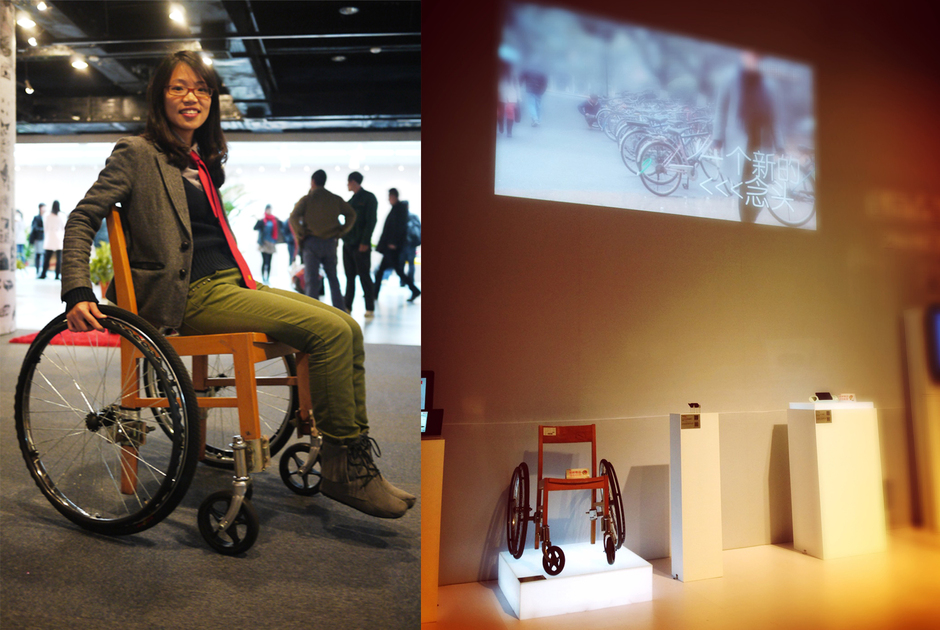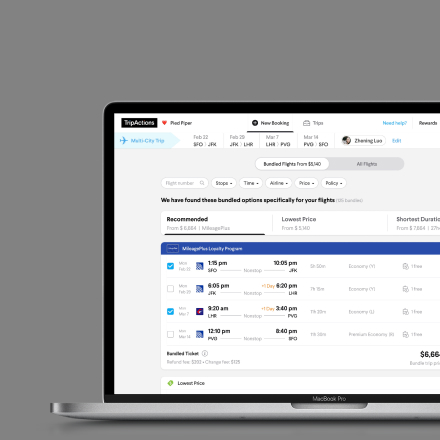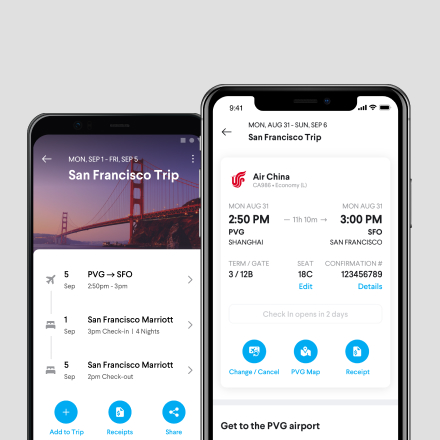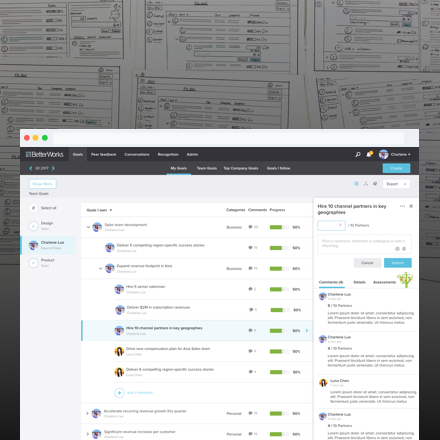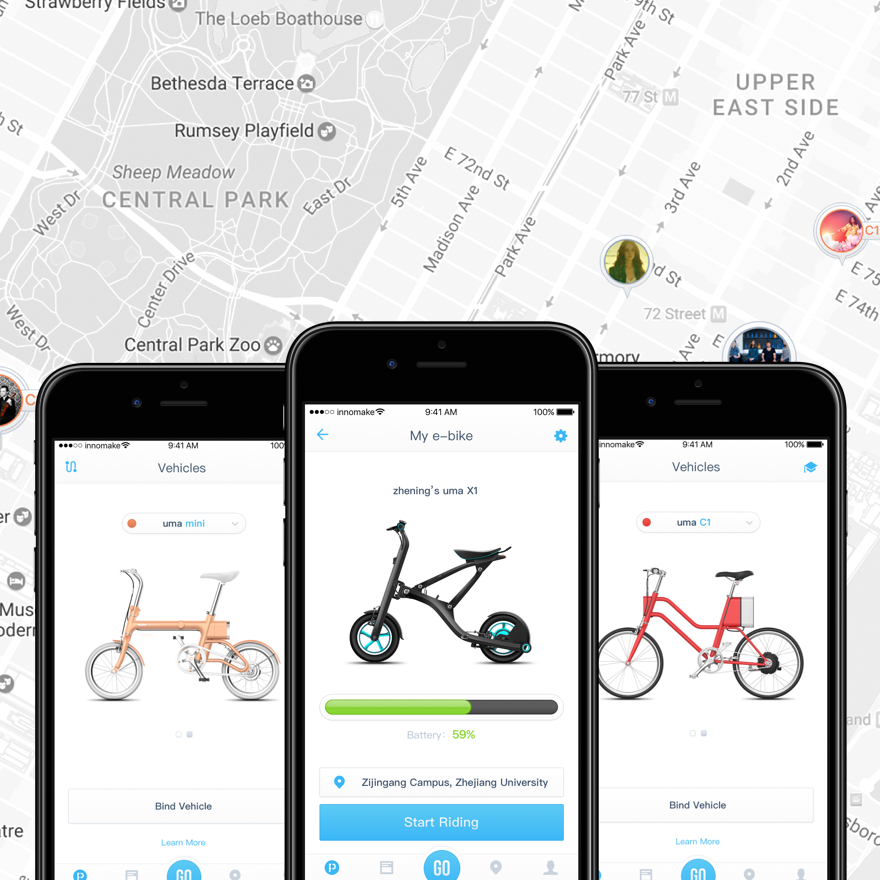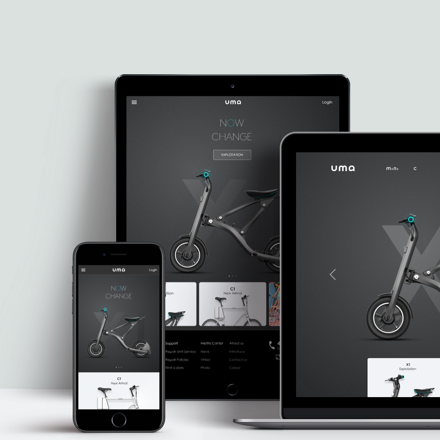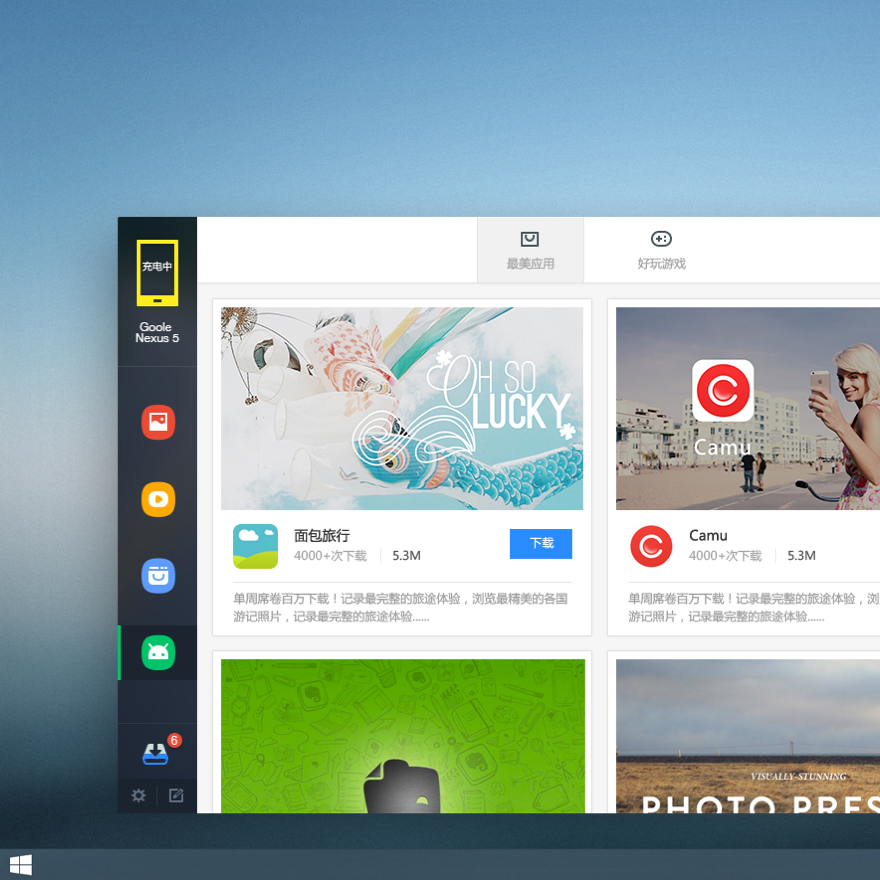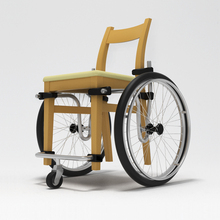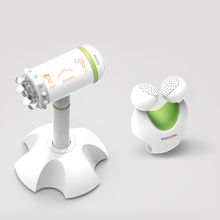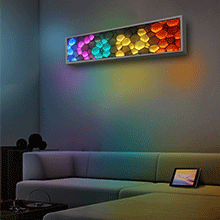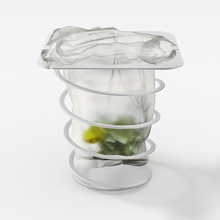MOBILITY DESIGN
Maximize the use of local resources
MOBILITY DESIGN
Maximize the use of local resources
Summary:
This project is associated with graduation designs of students in our team. When figuring out the project, we established a cross-grade and multi-majors cooperative project team immediately. Under the guide of design thinking, we determined our design direction and finished the investigation and developed concept.
Project Process:
It’s a dynamic and emergent process that often seeks opportunity by entering through the end users world to craft and shape, problems, opportunities, strategies, ideas and solutions.
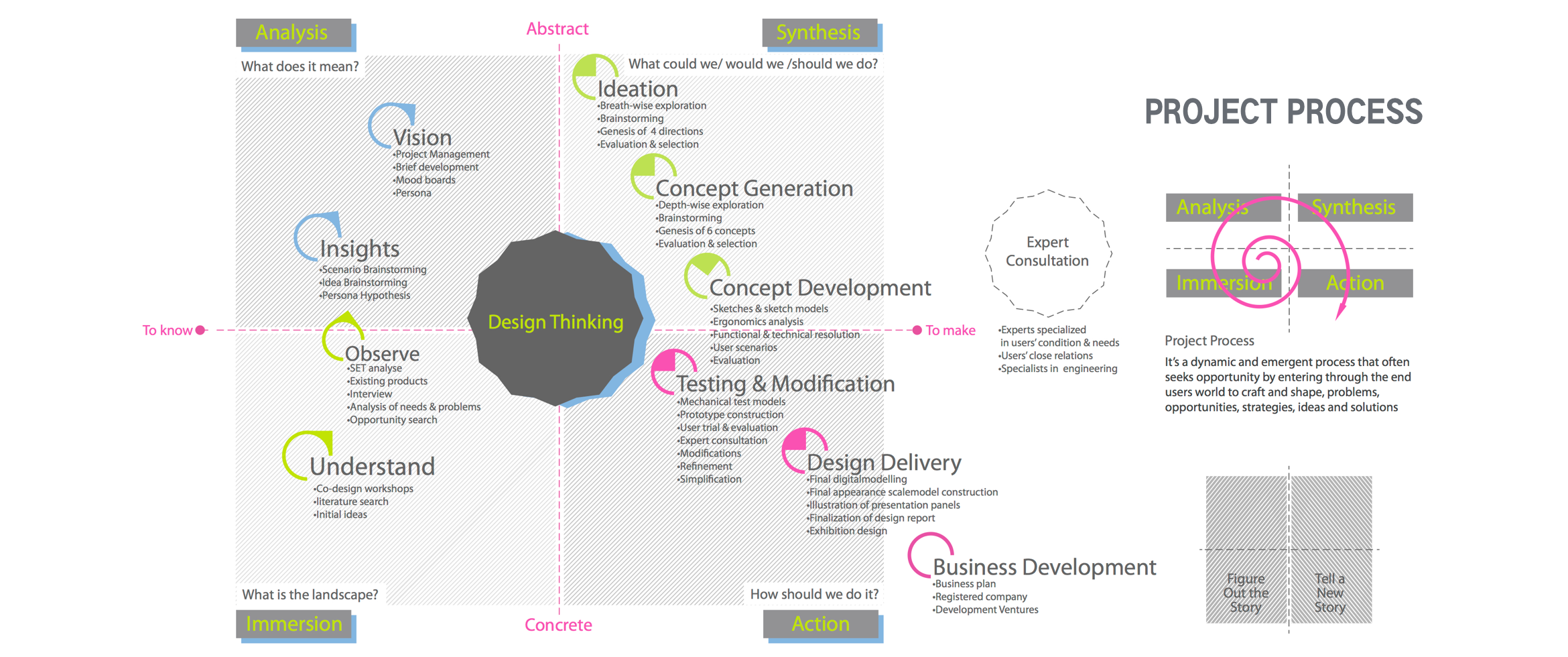

Why Design Thinking:
Design Thinking is a methodology for practical, creative resolution of problems or issues that looks for an improved future result. We are supposed to use this methodology to guide our work and create brand new design resolutions. The strength of this thinking way is to help us probe the problems in depth from a synthetical and multidimensioned perspective. The key point is to remind us to consider the design value on the position of all mankind.
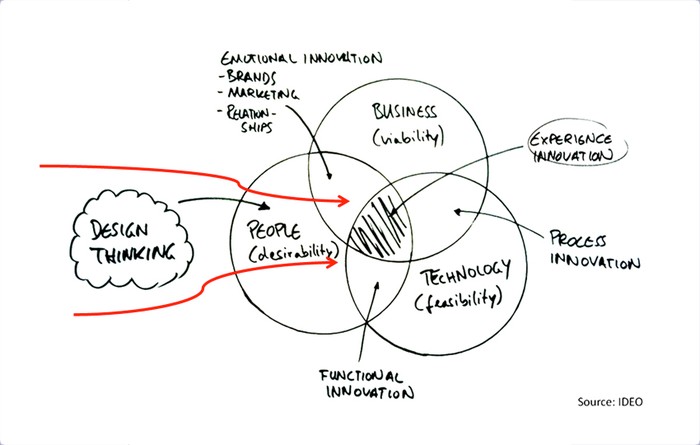

As to our project:
When we select the concept evaluation standards, the value for dealing with social problems has the priority and the technology and business factors come after that.


Evaluation:
Based on design value system, we formulate a series of idea evaluation criterion to recognize the degree of excellence of each idea.


Concept ideas:
10 best ideas were born from large numbers of the concepts produced during our brainstorming and the second brainstorming for developing the ideas proceeded afterwards.


Why persona:
Under the guide of design thinking, we employ persona methodology to fulfill our research workflow. As an extractive process, personas construction not only adheres to our train of thought to evaluate factors from synthetical perspective, but also is derived from groups labeling by distinguishing various kinds of target users. It is after concluding the specific demands (both psychological needs and physical needs) of different groups that personas embodied the clear description of aims of our design could be built. Thus, personas could interact with our thinking way to direct our development of concepts and finally achieve our goals.
What persona:
An artifact that consists of a narrative relating to a desired user or customer’s daily behavior patterns.
Persona Hypothesis
Our persona hypothesis building is based on evaluating the target users by main factors including region, economy and emotion.
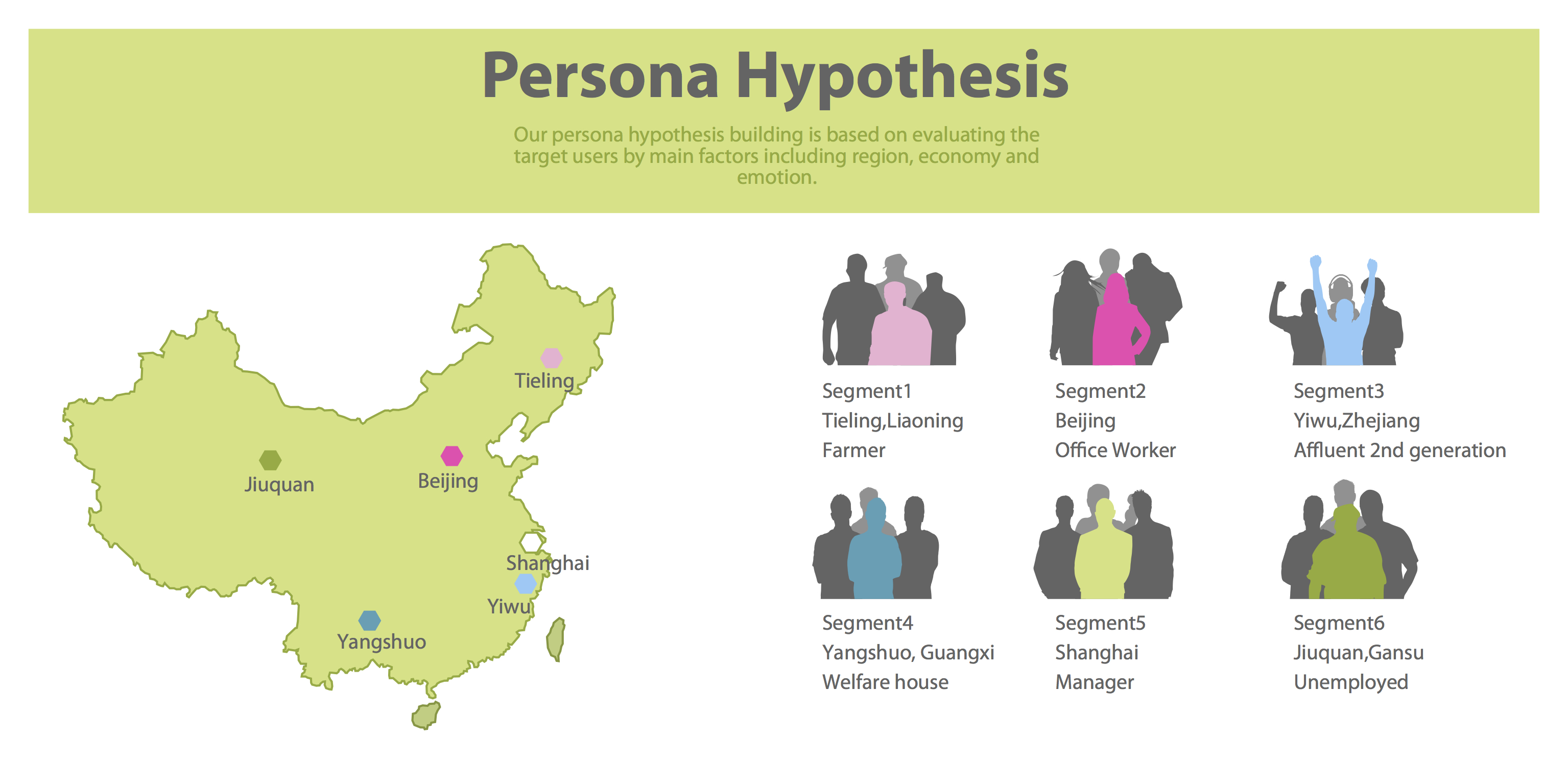

Design Concept:
We finally selected five design orientations to study further. Meanwhile, members of our design team are divided into each orientation groups to develop concepts. We emphasizes What / Why / Who / How and next plan of each concepts.
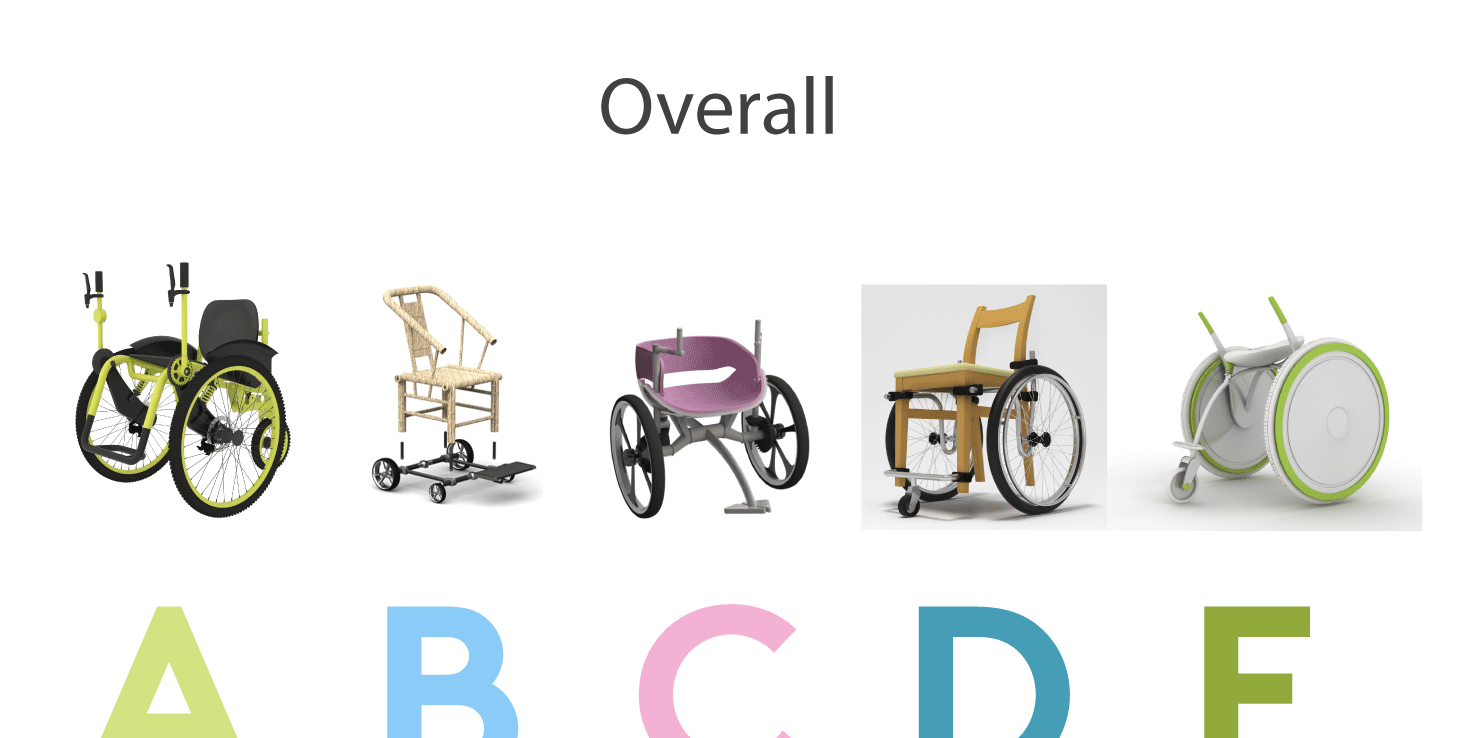

Now let me show you the concept D that I am responsible for this project. We have carefully researched into poor regions and understood the need of those disabled. We try to understand users, then observed them for insights. After having a vision, we go through ideation, concept generation and concept development. Finally, we do prototyping and modification to really make this product.
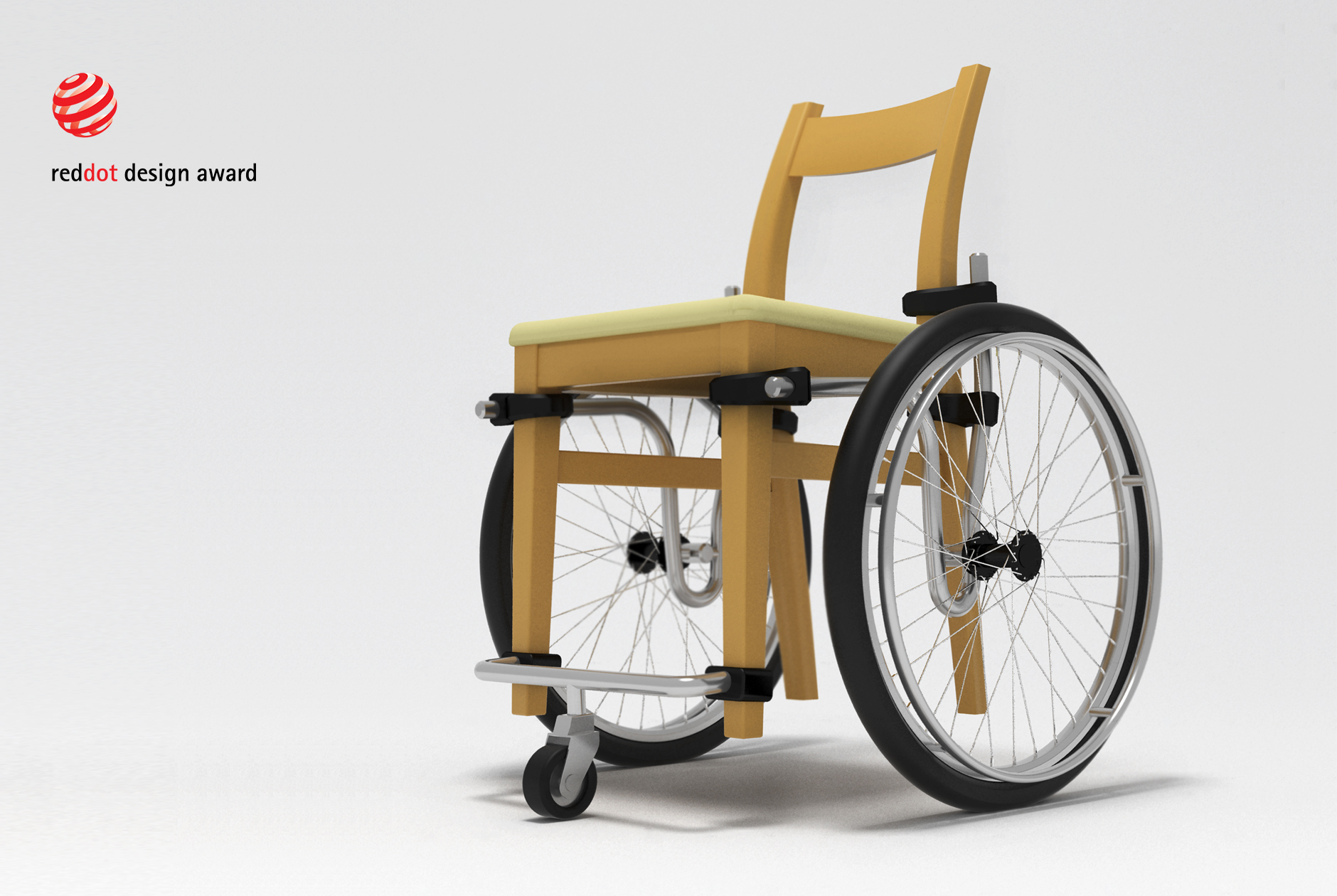

Design Philosophy:
The Chinese philosophy always focuses on the relationship between man and nature. So using the local resource or material could be a very meaningful approach. Due to the serious financial condition in the rural part of China, we use their own chair as the chair for wheelchair, thus cut down the expenses to the lowest. We want this to be a humanity design sending care to the people in need, and this could also be a charity action by the Red Cross or other Organizations. We only designed the wheels which could be attached to their wood chairs at home, while hand-made furniture is quite common in the rural part, which would make it much easier for the user to use.
Present Problem:
Wheelchairs for the poor in the rural part could be a very sensitive issue, because an affordable wheelchair with decent quality is vital. To make it possible, we need to cut down every expense possible, and it should be easy to use. The handmade wood chair is very common in the rural part in china, like they always have an extra chair at home. And if we could design a project of wheelchair for the poor in combination with the charity action that could really solve the problem showing our respect and humanity.
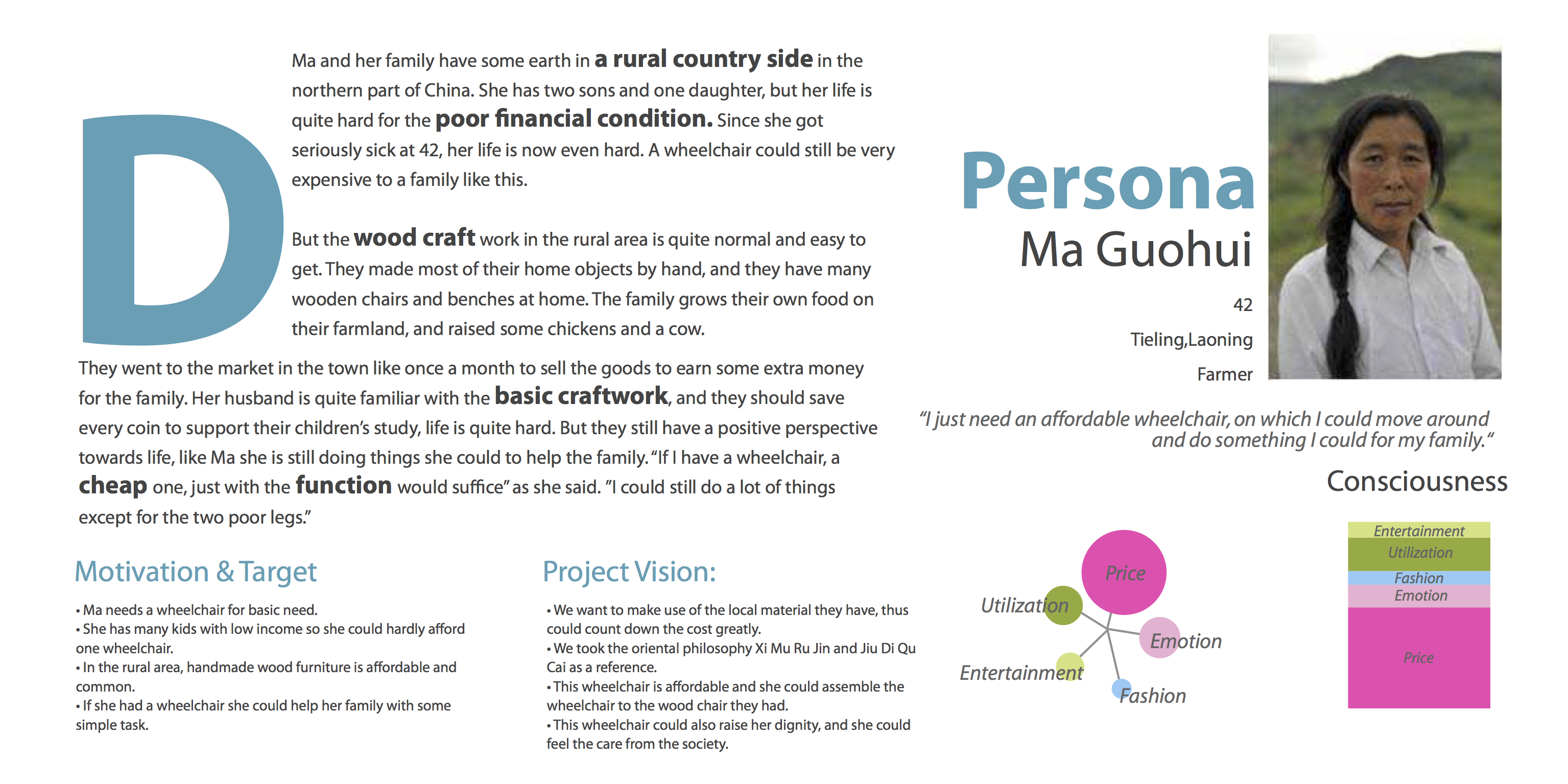

In the brainstorming, we are socially concerned and problem-oriented. After exploring economic, culture, health and ecology, we form the concept to“惜木如金” in Chinese means ”maximize the use of local resources”. We bulid up a prototype using the LEGO for the first demonstration and this could also help us with the structure of this product.
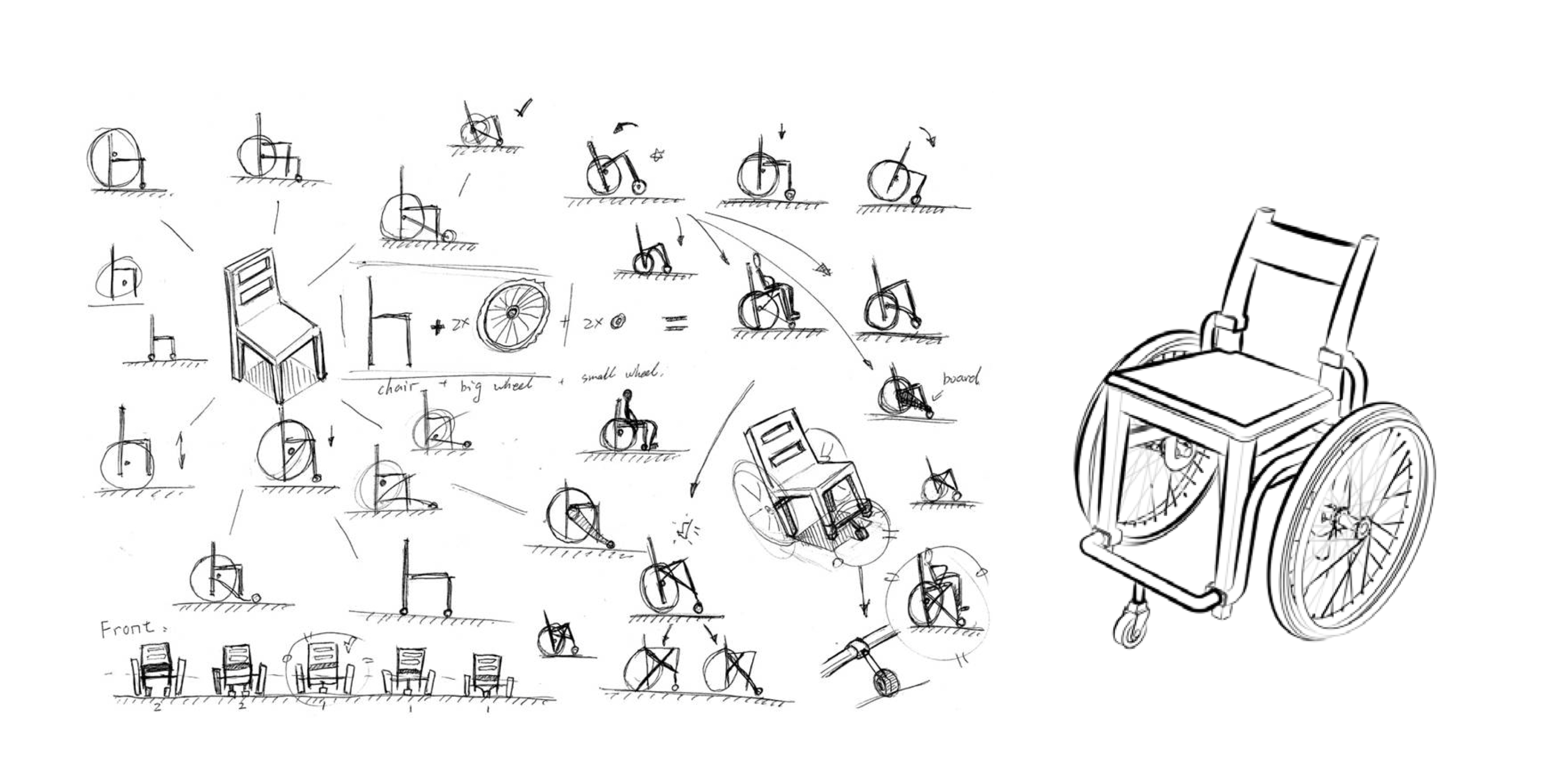

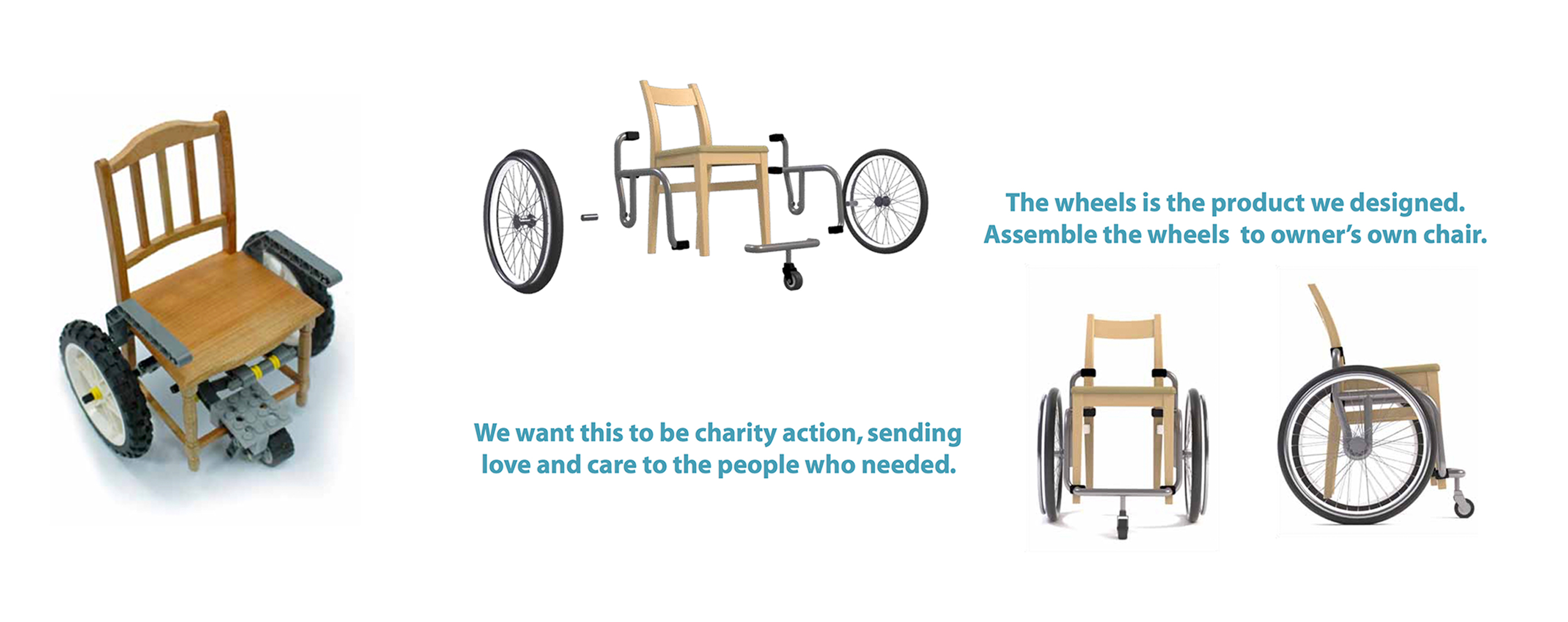

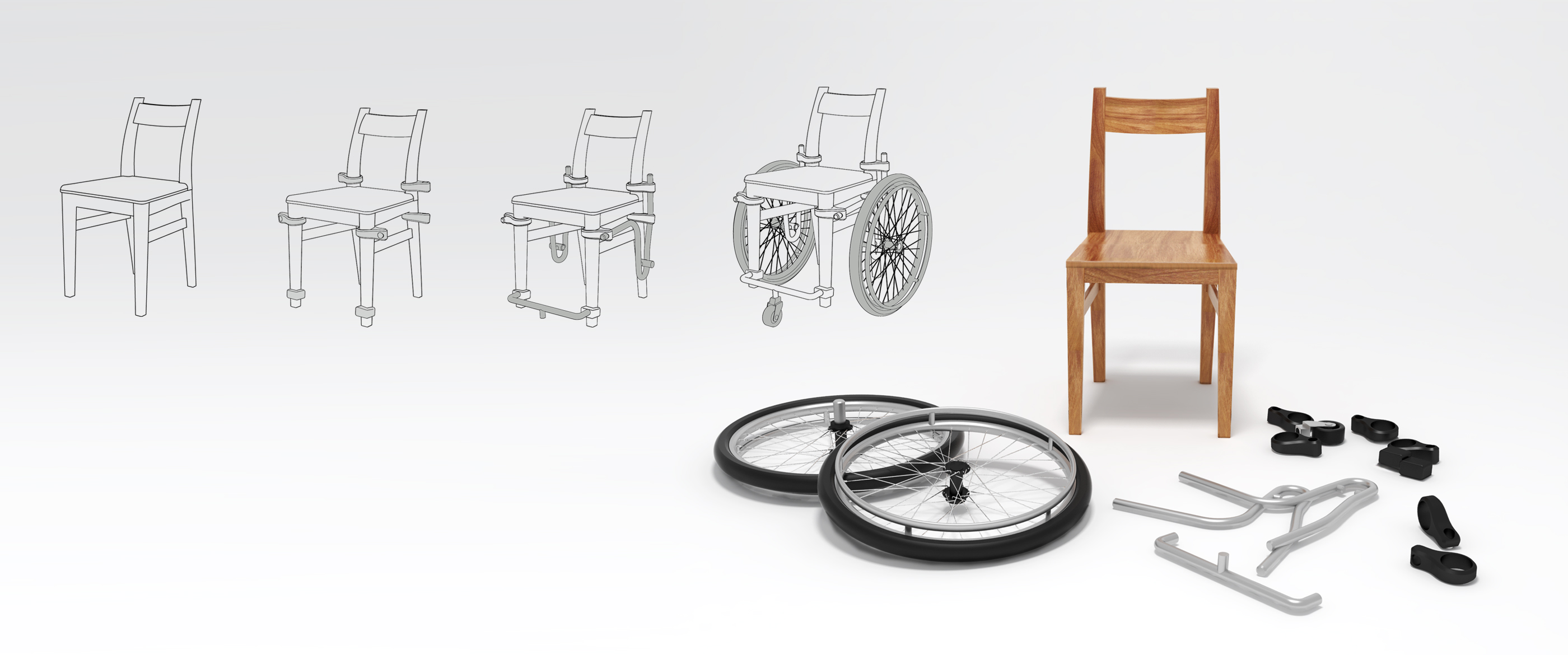

Wheel+Chair is a wheelchair without a chair. Not only a design but more of a low carbon action as well as humanity care.
After six months of hard work, we made a prototype of the wheelchair and displayed in the innovative design exhibition.
Wheel+Chair won the Red-dot Concept Award 2011. In addition, it won the Top9 in the hacker race that hosted by LENOVO, and presented in the hacker exhibition in Beijing.
